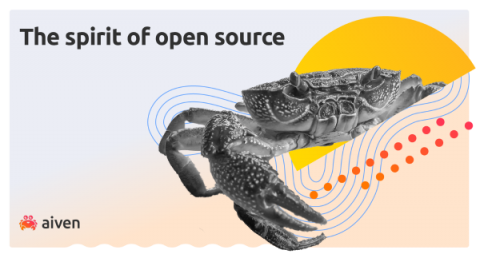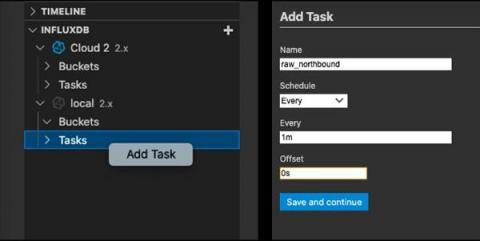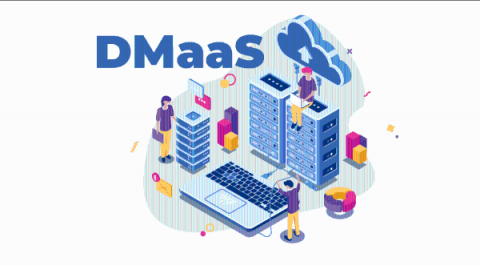Operations | Monitoring | ITSM | DevOps | Cloud
Analytics
The five Apache Kafka APIs
Use cases for Apache Kafka
Tutorial: How to Connect Jupyter Notebooks to Ocean for Apache Spark
How Big Data Is Helping Advertisers Solve Problems
Big data is transforming the relationship between companies and customers. Analyzing large amounts of data for marketing purposes is not new, but recent advancements in big data technology have given advertisers powerful new ways of understanding consumers’ behaviors, needs and preferences. Big data helps you optimize each customer’s demands and convert them into prospective purchasers.
Kubernetes vs. Terraform
Using InfluxDB as an IoT Edge Historian
InfluxDB is increasingly being used in IoT solutions to store data from connected devices. Now it can also be used on IoT edge gateways as a data historian to analyze, visualize and eventually transmit aggregated IoT data up to a centralized server. In this article we’re going to look at three simple ways you can connect an instance of InfluxDB on your IoT Edge device to another instance of InfluxDB in the cloud.
DMaaS gives you more!
In our blog we have posted a few articles about data centers. We like them. They have grown on us. It is a branch of technology that interests us as much as bitcoin interests brothers-in-law or neighborhood projects interest retirees. For that reason, today, in our blog, we will deal with data management as a service or DMaaS.











